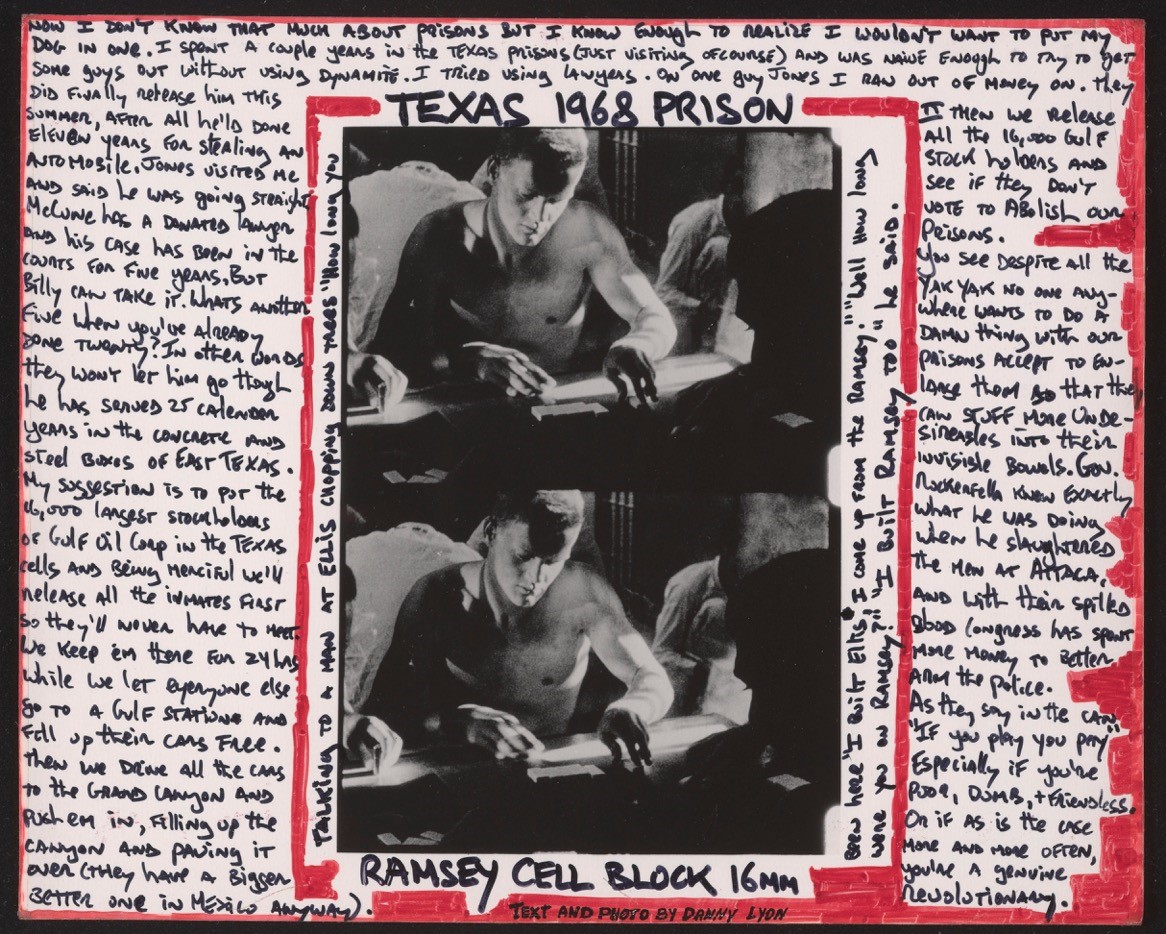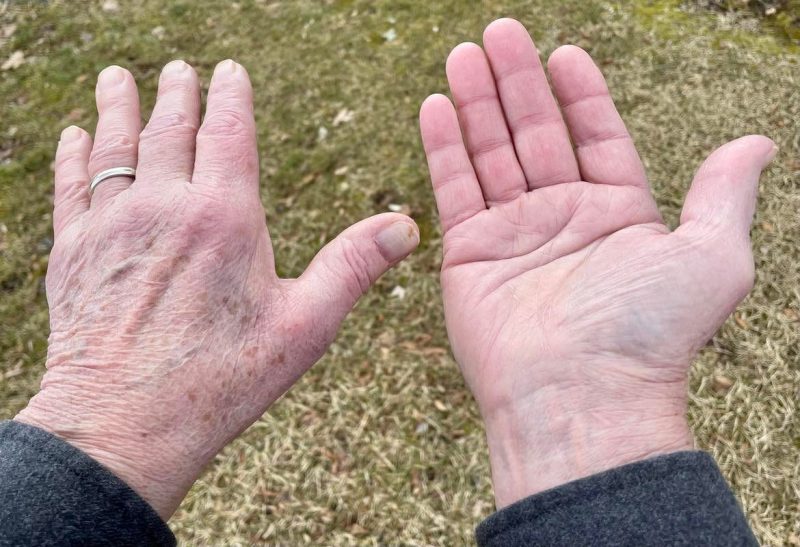
I was going to start with a question, whether it’s possible to be self-conscious about your hands, but of course the answer is yes.
Grindstone
Woman Goes to Work
(a found poem, except for line 4)
When the rubber tree-tapper did not return,
her husband searched and found her sandals, jacket,
headscarf, and work tools.
This is not a metaphor for capitalism.
Millionaires Tax on the Ballot in Massachusetts PASSES!
Every step of real movement is more important than a dozen programmes. Karl Marx
Christy Martin: A Survivor’s Story
On November 17, 2001, WBC world junior welterweight champion Christy Martin outboxed Lisa Holewyne over ten rounds at Mandalay Bay casino in Las Vegas, which was unusual because Martin was a self-admitted slugger, not a boxer. At the weigh-in, when Holewyne had wished her good luck, Martin answered, “Good luck getting knocked the fuck out.”
On November 25, 2017, the two women were married by a justice of the peace in Austin, Texas, where they currently live.
The marriage is one of the happier events chronicled in Fighting for Survival, by Christy Martin and Ron Borges. The book is subtitled “My journey through boxing fame, abuse, murder, and resurrection.”
“Stay with it”: Letter from a Disaster
Dear friends,
I write this letter fully aware of the continued devastation of the war in Ukraine, with so many serious consequences and even worries of nuclear war.
I am also very shocked and saddened by the tremendous destruction and loss of life by Hurricane Ian in Florida.
I am following with deep sympathy the destruction by the powerful storms devastating most of the countries in Central America, and the ongoing plight of so many refugees in that area and worldwide.
If you are reading this, it’s because the people of Haiti are also important to you, as they are to me. I have never in my life seen such a confluence of destructive forces as are afflicting the people here. There really are no words to describe what is happening.
Looking a Nightmare Square in the Eye
I recently read Josh Rothman’s The Ledger and the Chain: How Domestic Slave Traders Shaped America. This is one of the best history books that I have ever read.
One Eyed Monsters (An Excerpt from “The Ledger and the Chain”)
Per Timothy Tyson (in his review above): “Martha Sweart, Martha Sweart, I will never forget her.” Neither will you if you read the following excerpt from Joshua D. Rothman’s The Ledger and the Chain: How Domestic Slave Traders Shaped America.
A purchasing agent working for Rice Ballard passed through the central Virginia town of Charlottesville and bought sixteen-year-old Martha Sweart for $350. That was between $50 and $100 more than slave traders were typically spending for young women early in 1832, but Ballard’s agent believed a buyer in the lower South might pay a premium for her.
Neither Slave Nor a Master
What follows was first published as the Afterword to the facsimile reissue of Conversations with the Dead (Phaidon, 2015). (Available here.) Reprinted in Danny Lyon: American Blood: Selected Writings 1961-2020, (Karma Books, New York).
.
Sugar Ray: the Art, the Man
Think of Pablo Picasso. Think of Miles Davis. Think of Sugar Ray Robinson.
All three were artists in their chosen realms, who expanded those realms into previously unknown dimensions. All three were difficult and ambiguous and contradictory. All three answered only to themselves in the mysterious ways of genius. Tough nuts to crack.
Herb Boyd, with Ray Robinson II, has a go at cracking the diamond of a nut that is Sugar Ray Robinson in Pound For Pound, a Biography of Sugar Ray Robinson.
Banjo (Remix)
Claude McKay’s Banjo is a true life novel about a band of black and tan outsiders living by the sea in mid-20s Marseille.
Members, Don’t Get Weary
I’m with the OG Tonight
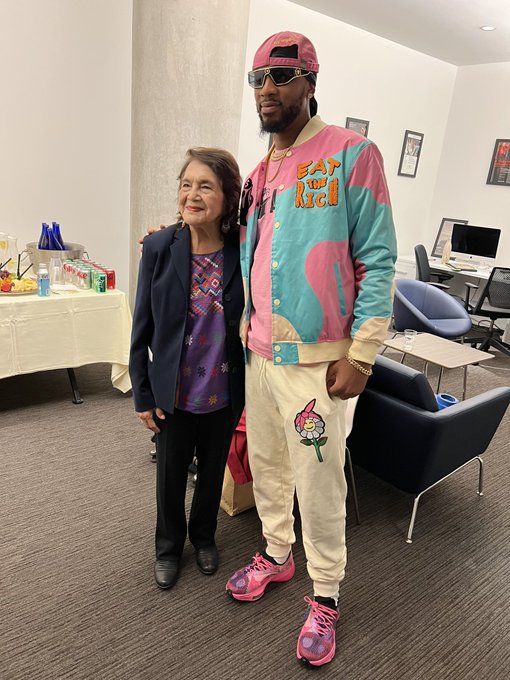
Jolene
I once worked in a factory with a girl named Jolene. We were 17 and I had lied to get hired; we couldn’t legally work in the plant for another year.
She was white, from somewhere around “Taylor-tucky”, a name that mocked the southern roots of working class whites of the suburb of Taylor, Michigan. I lived in Detroit (still do). I was black, and I still am, as a matter of fact. Without the factory we’d never have met.
Faith in Smith
One afternoon the mid-sixties my soon-to-be wife and I were in Seattle visiting Hazel, her old Graduate Art School advisor when, in the late afternoon, there was a knock at the front door. “Get that would you please, Michael?” Hazel asked. “Diane’s there. She has a fish for us”. Diane, the student at the door, was clearly of Mediterranean decent and so beautiful that I caught my breath. “Hi”, she said, “this is for Hazel. Tell her that I can’t stay because I have a few more fish to deliver.” On that she turned and went down the stairs to the street. I closed the door and stared at the salmon wrapped in wet newspaper that Diane’s boyfriend had just caught a few hours earlier in Elliot Bay.
Sometime later when I finally met Jim Smith he was working as a shipwright and had this small boat he fished off of in the waters of Elliot Bay, and its surrounds, which formed the liquid edge of downtown Seattle.
The first thing I remember about Jim was his apology. He would begin many conversations with people he didn’t know by apologizing for having such a common name. The irony was that he was one of the most uncommon guys I’d ever met.
Hunt and Pecker
From the department of don’t stand near me because I’m vomiting. In the current New Yorker, from a profile of Wendell Berry by Dorothy Wickenden, subtitled, “Wendell Berry renounced modernity sixty years ago, but his ideas have never been more pressing.”
Hanging out with Horses (in the 80s)
THERE WERE A HALF-DOZEN wonderful family shots in our batch of holiday Polaroids — but so far I’ve had eyes for only one picture in the pile. It shows Tom, our older boy, and my wife holding a horse, with James, our grandson, in the saddle, steadied by myself, Granddad. A New Yorker, 3 years old, James hasn’t been on a horse before. He’s looking at the camera, not at us, or at Terence — Terence is the horse — but what is his expression? I keep coming back to the shot, trying to read James’s face. Is he enjoying himself? Is he the kind of kid who, a bit older, will think it’s cool — or whatever they will say then — to spend a horsy summer in the Berkshire hills?
Surprise is Your Best Teacher
“Larry Goodwyn has a book out there that nobody talks about.” I was struck by Donnel Baird’s nod in People Power to Goodwyn’s Texas Oil, American Dreams: A Study of the Texas Independent Producers and Royalty Owners Association. Keep in mind Baird is a young black organizer-turned-entrepreneur who runs a venture capital backed startup focused on bringing clean energy and economic development to places like Harlem, where his business is based. (“We are building solar-powered microgrids in New York City’s poorest neighborhoods.”) Now take a look at the first few pages in the portrait gallery of presidents of the organization, TIPRO, that Goodwyn lauded in Texas Oil, American Dreams.
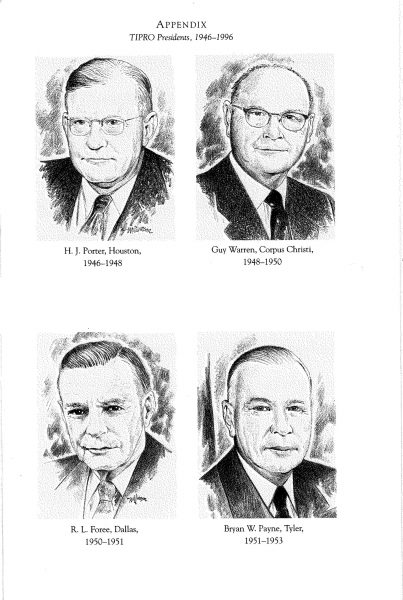
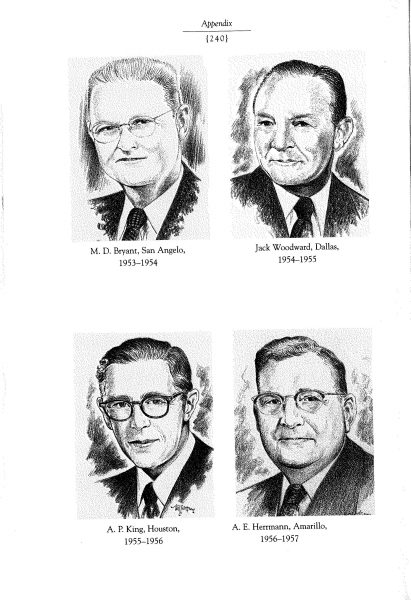
Black Docker
I am pushing 85 as I write this and take you back to a sleepy Sunday in 1943 when I am six years old and my father has brought me to the Five-Ten-Hall. While a small clutch of men, including my father, speak animatedly about things that buzz above me, my eyes are locked on one man in that group. I follow him wherever he steps, at a certain distance, too shy to approach. I am engrossed in the light that reflects purple and dark blue off his forehead and cheeks and by the contrast of his totally black skin and the whites of his eyes. No doubt such interest is not new to him. When our eyes meet, he smiles at me in a kindly way. The name of this blackest of men was Benjamin Harrison Fletcher. He was among the greatest of IWW organizers and one of the pioneer civil rights leaders of the early twentieth century: unsung and forgotten today.
Seeing Is Believing
Last month I got a lift when I learned Blue Collar–Paul Schrader’s 1978 movie about working class lifers and union corruption–unsettled a group of middle class city kids who’d never seen the inside of a factory. Their weightier-than-woke response to a screening of the movie in NYC hints it remains a model of popular realist art.
Joe, the Vanishing America (A Story from Harvey Swados’s “On the Line”)
If Walter had not been so desperately anxious to away to college, he might never have been able to stick it out those first few weeks at the factory.
First In, Last Out: A Year of Retail Mask Mandates
In mid-May, the CDC revised its guidelines on masks. Vaccinated individuals could go maskless both indoors and out. The news came on the tail end of a long shift at my retail job. We’d strictly enforced the mandate since last May. It felt like, mid-fight, the enemy combatants had called out from their opposing trench that the war was over. Maskless customers filtered in throughout the evening. Without word from On High, the battle was over. And that battle had been about more than just public health.
